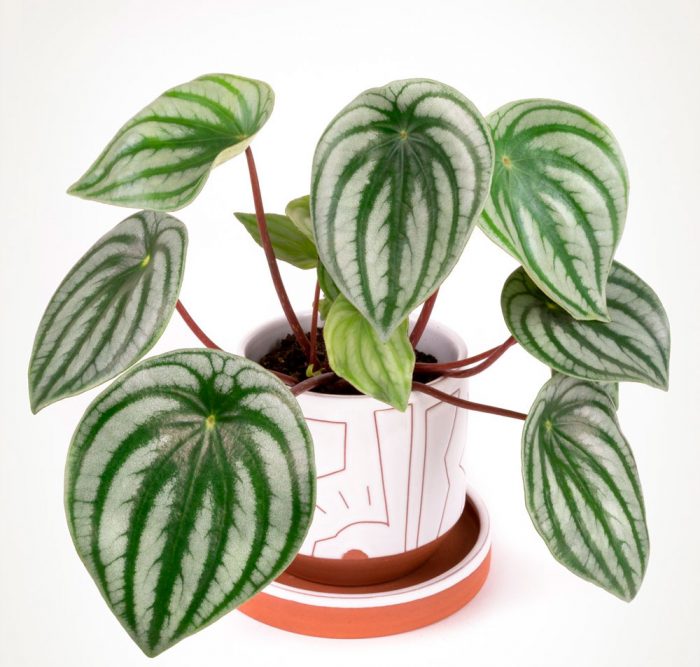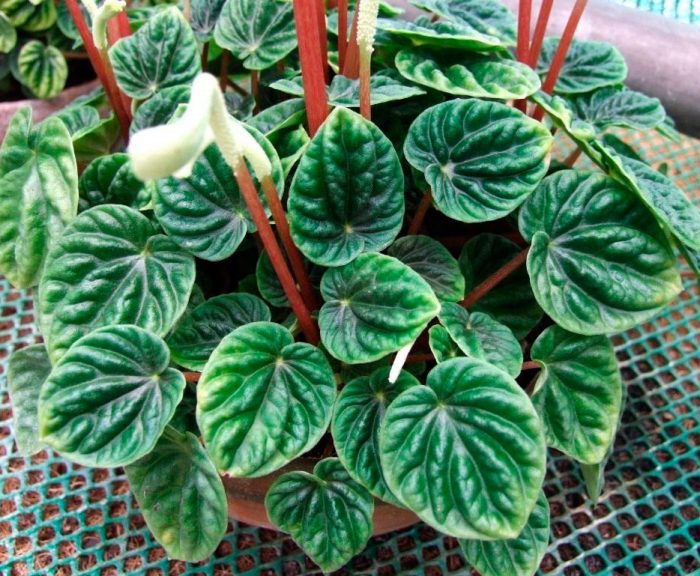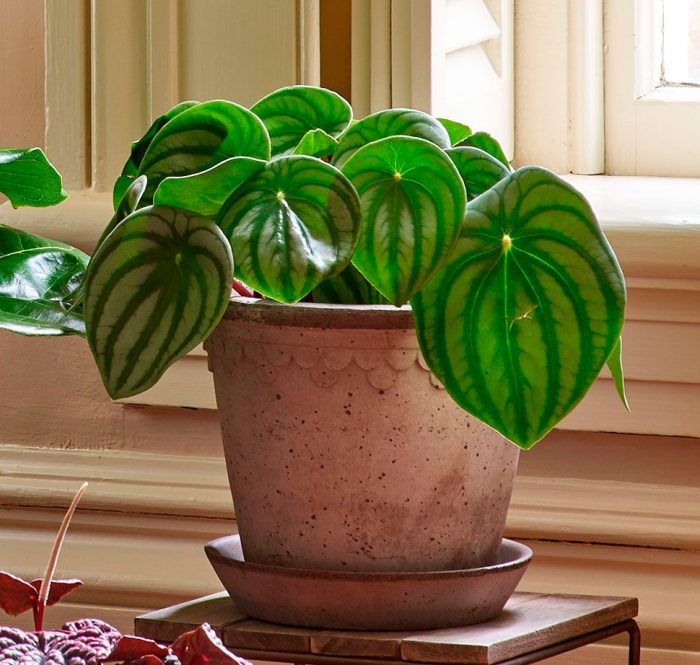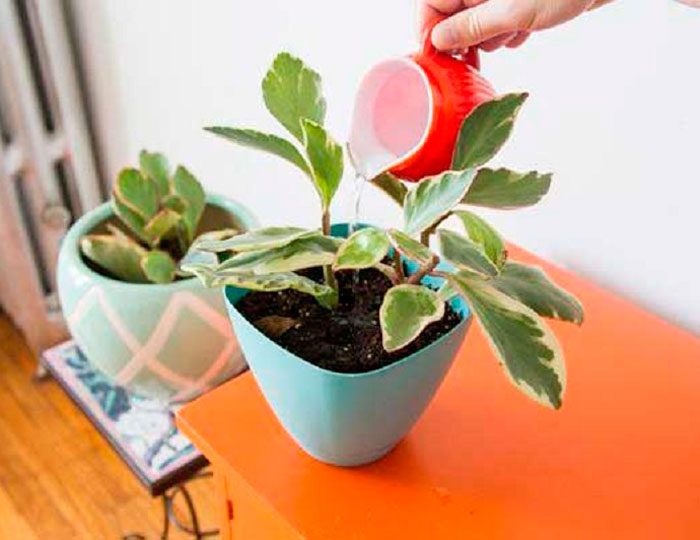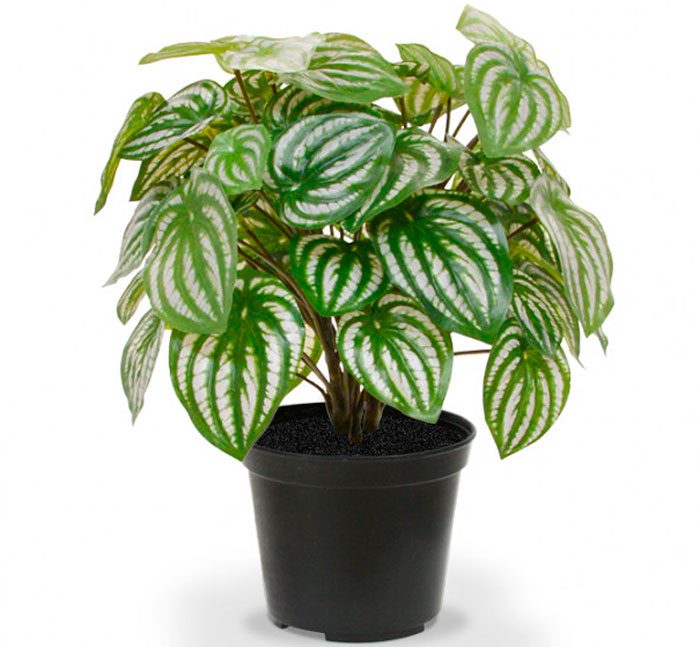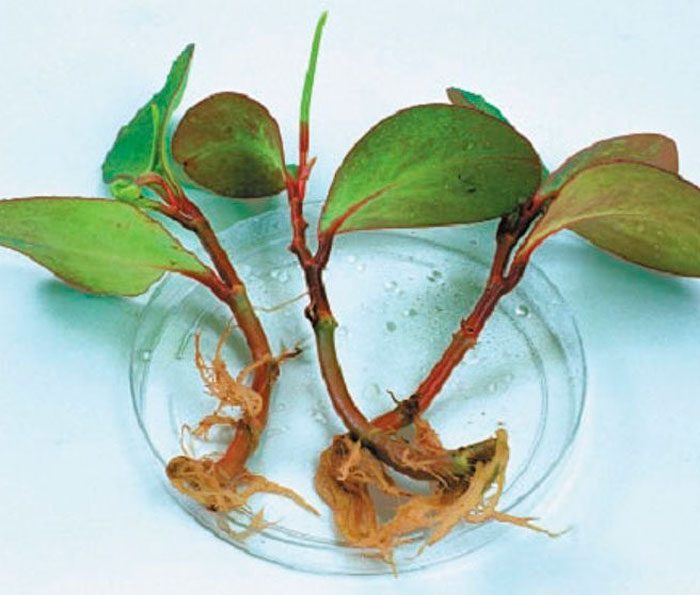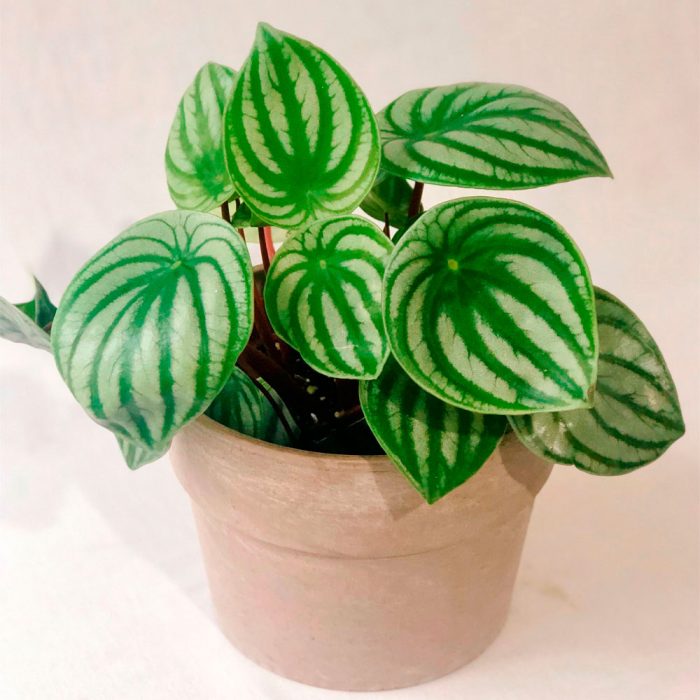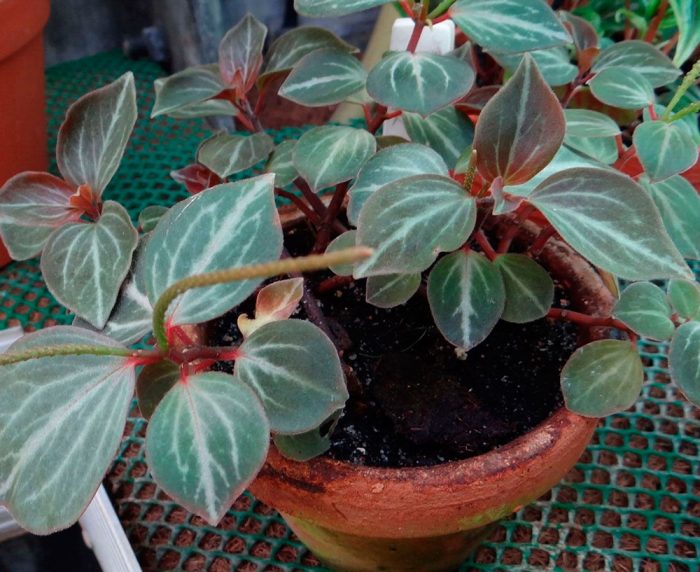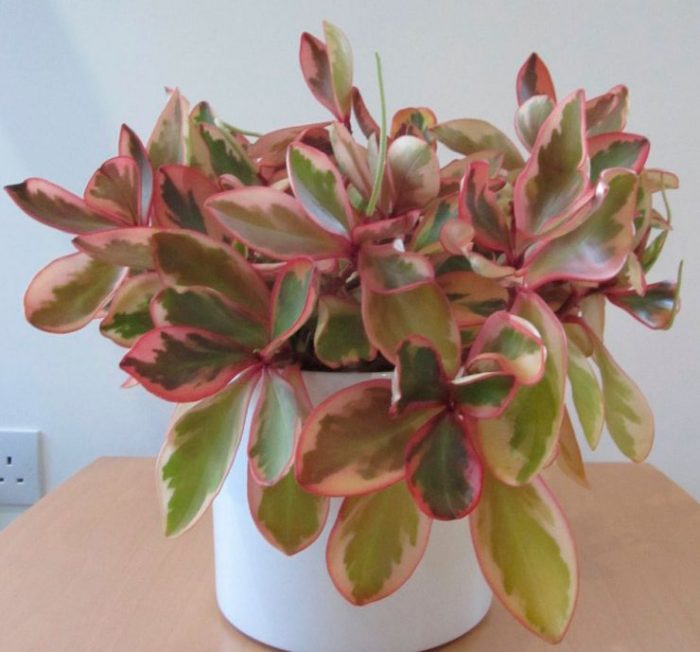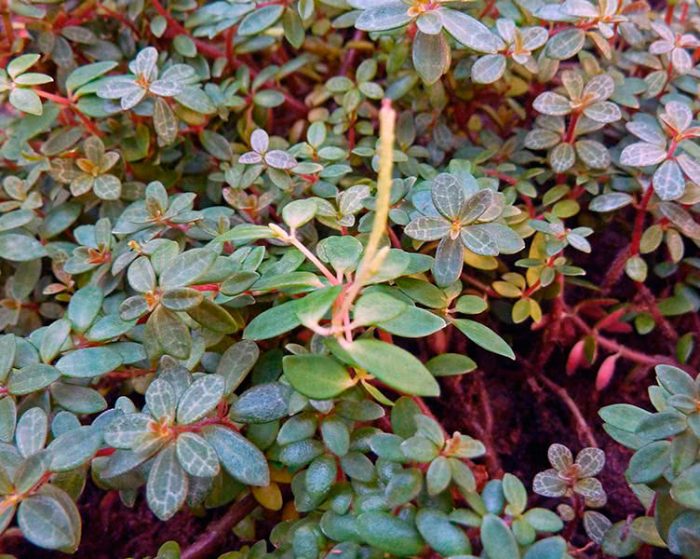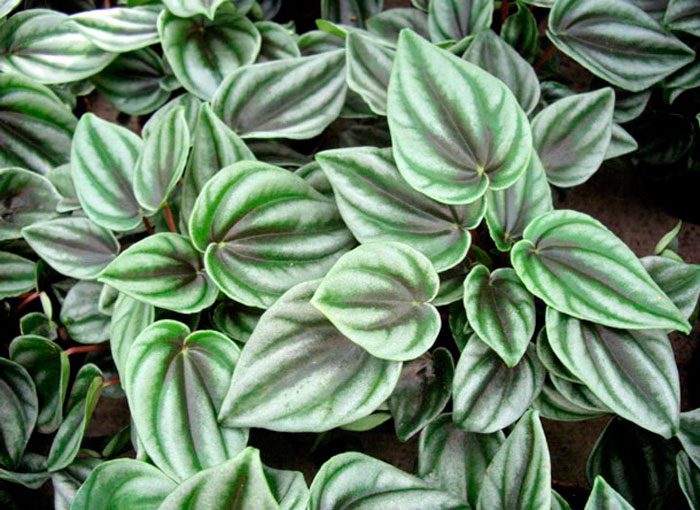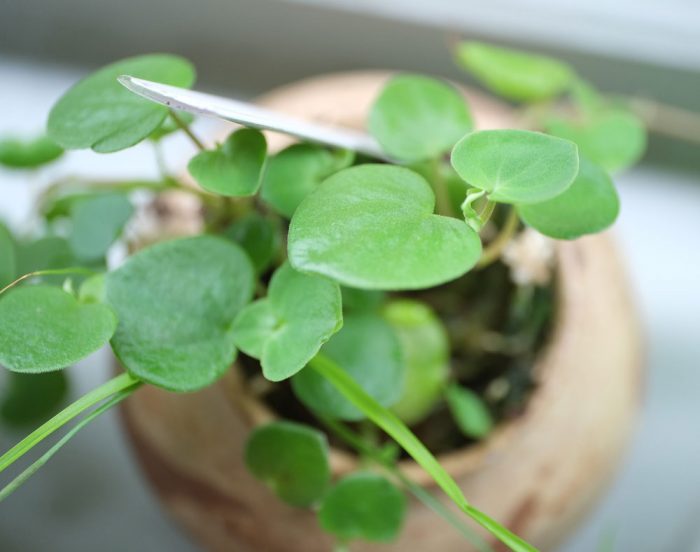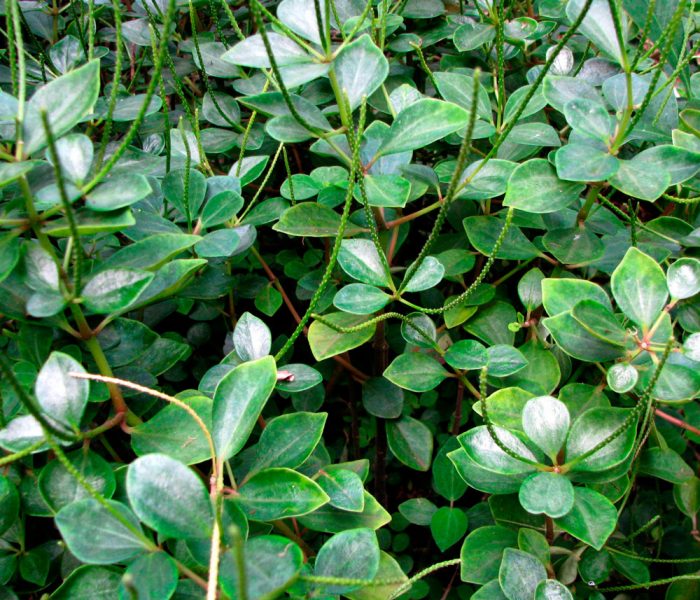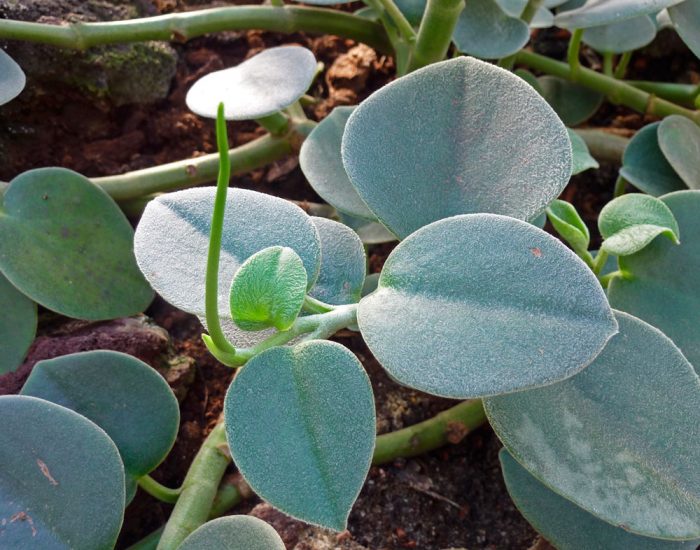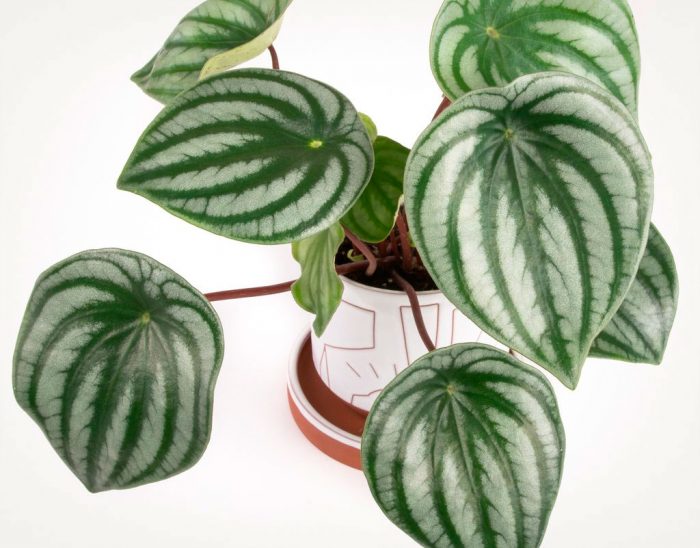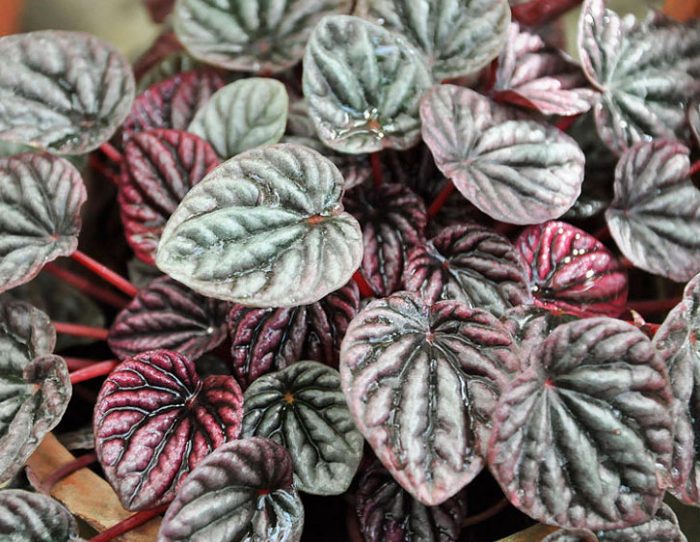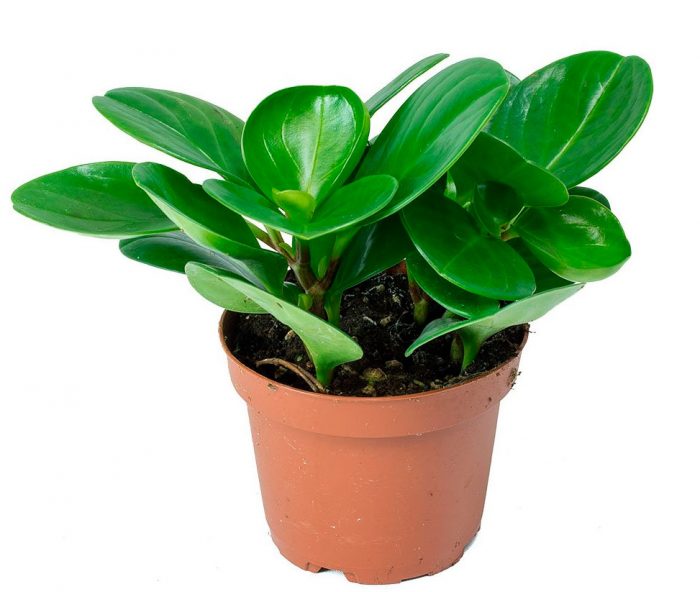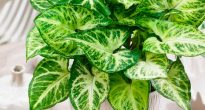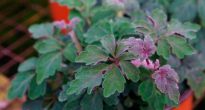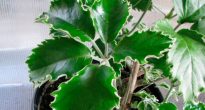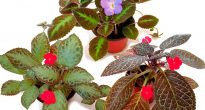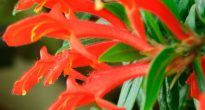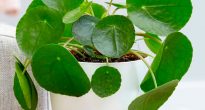The plant peperomia (Peperomia) is a member of the Pepper family. Today, more than 1 thousand species belonging to this genus are known; in nature they are found in the tropical zone of America. The name of this genus comes from such Greek words as "peperi" and "homois", which respectively translate - "pepper" and "like".
Content
- 1 Peperomia features
- 2 Brief description of cultivation
- 3 Home care for peperomia
- 4 Reproduction methods
- 5 Possible problems
- 6 Types of peperomia with photos and names
- 6.1 Peperomia velutina (Peperomia velutina)
- 6.2 Peperomia clusiifolia (Peperomia clusiifolia)
- 6.3 Peperomia reddish (Peperomia rubella)
- 6.4 Peperomia multi-spotted (Peperomia maculosa)
- 6.5 Peperomia marble (Peperomia marmorata)
- 6.6 Peperomia creeping (Peperomia serpens)
- 6.7 Pleasant peperomia (Peperomia blanda)
- 6.8 Gray peperomia (Peperomia incana)
- 6.9 Peperomia silvery (Peperomia argyreia)
- 6.10 Peperomia wrinkled (Peperomia caperata)
- 6.11 Peperomia obtusifolia (Peperomia obtusifolia)
Peperomia features
Peperomia is a subshrub and evergreen perennial and annual grasses. Such a plant has thick stems, while opposite dense leathery leaf plates grow along their entire length. Peperomia is grown as an ornamental deciduous plant, despite the fact that during flowering, small flowers are formed in it. It is grown at home, but it can also decorate a garden plot if you create suitable conditions for it. Some species are distinguished not only by spectacular foliage, but also by decorative flowering, but they bloom only with a short daylight hours. Some species are cultivated as ampelous plants. Peperomia is often used to create flower arrangements.
Brief description of cultivation
- Bloom... Peperomia is cultivated as a decorative leafy plant.
- Illumination... Needs a lot of bright ambient light. Variegated forms are more demanding on light compared to green-leaved ones.
- Temperature regime... In the spring-summer period - up to 22 degrees, and in winter - about 17-18 degrees.
- Watering... Watering should be abundant throughout the growing season. In cold weather, watering is scarce and rare, but it is impossible to allow the clod of earth in the pot to dry out.
- Air humidity... The flower grows well when the air humidity is typical for residential premises. However, on hot summer days, the bush must be moistened with a spray bottle in the morning or evening.
- Fertilizer... Top dressing is carried out in the spring-summer period twice a month, for this they use a mineral complex fertilizer for decorative deciduous plants.
- Dormant period... Not pronounced.
- Transfer... Until the plant is 3 years old, it needs to be replanted regularly every year. More mature bushes are subjected to this procedure once every 2 years.
- Soil mixture... It should include sand, peat, humus and leafy soil.
- Harmful insects... Spider mites, thrips, scale insects, mealybugs and nematodes.
- Diseases... With improper care or in unsuitable conditions, the plant can rot the stem, fall off the foliage, or it loses its decorative effect.
Home care for peperomia
Illumination
Home-grown peperomia requires a lot of bright light, but it must be diffused. Keep the foliage away from direct sunlight. If the bush is on the south window, then the light is scattered using a light curtain or paper sheets, and it can also be placed in the back of the room. If the bush is on the windowsill of a western or eastern orientation, then it is not necessary to shade it. If a place for peperomia was found only on the north window, then it will have to be illuminated with fluorescent lamps. Please note that variegated forms need more light, while green-leaved ones are more shade-tolerant. In winter, the plant also needs a lot of light.
Temperature regime
Temperatures should be average throughout the year. In spring and summer, the optimum air temperature is about 22 degrees. In winter, the temperature can be reduced to 20 degrees, but if it drops below 16 degrees, then the flower can get sick. It should also be noted that only some types of such a plant can be taken out in the warm season to fresh air. Therefore, it is better to keep the flower at home all year round, because drafts can destroy it.
Watering
During the growing season, watering should be abundant, while the water is soft, well-settled, which should be slightly warmer than room temperature. In the cold season, watering should be rare and scarce, while it should be remembered that this plant tolerates overdrying of the soil mixture much easier than stagnant liquid. With excessively frequent and abundant watering, rot may appear on the root system. If wilting and flying of foliage is observed, then this is a sign that the plant does not have enough moisture.
Air humidity
Indoor peperomia does not need any particular humidity. However, it should be noted that the flower responds positively to regular spraying. Moistening foliage with a sprayer is especially helpful during the summer months.
Fertilizer
Peperomia is fed with a mineral complex fertilizer for indoor plants. In the spring, summer and autumn, feeding is carried out twice a month, and in the cold season - once every 4 weeks.
Pruning
In order for the bush to be more branched and lush, it is necessary to regularly pinch the tops of its stems.
Peperomia transplant
For the cultivation of peperomia, a not very high capacity is used, while each new pot should be 20-30 mm larger than the previous one. At the bottom of the pot, a good drainage layer is made of pieces of bricks or expanded clay, which is covered from above with a soil mixture consisting of peat, sand, leafy and humus soil (1: 1: 2: 1). Before the bush turns 3 years old, transplants should be carried out annually. Older specimens are subjected to such a procedure less often, or rather, once every couple of years.


Watch this video on YouTube
Reproduction methods
Growing from seeds
Sowing seeds is carried out in March or April.To do this, use containers filled with a substrate consisting of leafy soil and sand (1: 1). When the seeds are sown, the substrate is watered using a fine strainer or a spray bottle. Cover the bowl with a film or glass and put it in a warm place (about 25 degrees). Provide the crops with systematic ventilation, as well as timely moistening of the soil mixture surface. After the second true leaf plate is formed in the seedlings that have appeared, they will need to be cut into a box filled with the same earth mixture, while a distance of 20 mm must be maintained between the plants. Provide plenty of bright light for the seedlings, but protect them from direct sunlight. Daylight hours should be long. After the bushes get stronger and grow up, they are seated in separate pots, reaching about 70 mm in diameter. A good drainage layer is made at the bottom of the tank, and an earth mixture is used for planting, which includes peat, sand, sod and leafy soil (2: 1: 1: 2). Then they begin to look after the bushes in the same way as for adult peperomia.
Propagation by stem cuttings
For reproduction, you can use both apical and stem cuttings. For their rooting, take a substrate consisting of peat, sand and humus (1: 1: 1). The handle should have 1-3 nodes (depending on the length of internodes). For rooting, cuttings can be placed in a container with water or planted in soil mixture. The cuttings planted in the substrate are covered with glass from above and removed to a warm place (about 25 degrees). Rooting will take about four weeks. Cuttings that have taken root are planted in separate pots and looked after like adult peperomias.
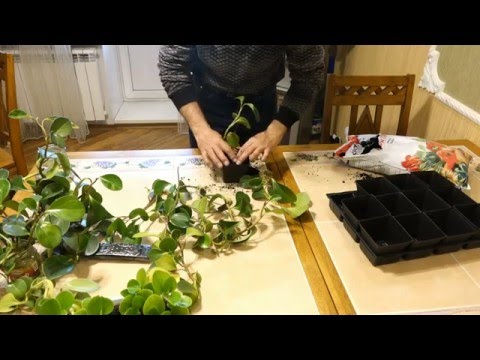

Watch this video on YouTube
Leaf propagation
Select an absolutely healthy, undamaged leaf plate on the bush and cut it off with a very sharp knife or blade. She needs to leave a short petiole. For rooting, it is planted in sphagnum moss or in a substrate of sand and peat, and it can also be placed in a glass of water, which is regularly (once every 1-2 days) replaced with fresh water. To speed up the rooting process, the leaf is placed in a mini greenhouse. After 20-30 days, the leaf will have to give roots, after which it is planted in a pot, reaching 70 mm in diameter. After the bush gets stronger, they begin to take care of it like an adult plant.
Dividing the bush
In this case, you will need a highly overgrown adult bush. During transplantation in spring, it is divided into 2 or 3 parts. This must be done very carefully, trying not to injure the root system of the plant. The soil mixture is used the same as during transplantation (see above). The pot is taken smaller than usual, and a good drainage layer is necessarily made at its bottom.
Possible problems
With improper care with room peperomia, various problems can arise, for example:
- Flying around foliage... Most often, the bush sheds foliage when a clod of earth in a pot is dried out, or if the room is very cold.
- The tops and edges of the leaf blades turn brown... This is due to the fact that in the room either the temperature dropped sharply or its drops were observed. It can also happen due to a draft.
- Rot appeared on foliage and shoots... This is due to the regular stagnation of fluid in the root system. Symptoms are most actively manifested if the bush is in the cold (below 16 degrees) and it is constantly waterlogged.
- Foliage withers and shrivels... Avoid direct sunlight on the bush. If the flower stands on the southern windowsill, then burns may also form on the surface of its leaf plates.
- Harmful insects... If the flower is improperly taken care of, then thrips, scale insects, ticks, nematodes and mealybugs can settle on it.
Types of peperomia with photos and names
Peperomia velutina (Peperomia velutina)
Originally from Ecuador, this species is represented by herbaceous perennial plants. Dark red straight pubescent stem is vertical. The length of the petioles of the leaf blades is about 10 mm. Alternate rounded leaves are colored green. On the front surface of the leaf plate, from the base to the upper part, there are 5–7 greenish veins. In different varieties, foliage can be either glossy or covered with short hairs. During flowering, spikelet flowers grow on the tops of the branches or from the leaf sinuses, the length of which is about 70 mm.
Peperomia clusiifolia (Peperomia clusiifolia)
In nature, this perennial herb is found in the tropical forests of Venezuela. Dense sessile petiolate alternate leaf plates have a dark green color with a slight reddish tint. The length of the leaves is about 15 centimeters, and the width is up to 8 centimeters, their edge is purple, the base is wedge-shaped, and the upper part is most often blunt.
There is a variety variegata, its leaf plates are not very dense and have a variegated color. The edge of the plate is pale red; closer to the middle, the leaf turns yellow, and near the vein it is dark green. In natural conditions, this variety does not occur.
Peperomia reddish (Peperomia rubella)
This species is a herbaceous perennial branched plant with thin red stems. The small oval-elongated foliage on the stem is located in four pieces opposite, the front surface is green, and the back is red. The view is highly decorative.
Peperomia multi-spotted (Peperomia maculosa)
This plant comes from the mountain forests of the tropical latitudes of South America. The species is represented by herbaceous perennial plants. There are many brown specks on the surface of the green stems. Glossy long ovoid leaf plates grow from the root, their length is about 20 centimeters, and they are painted in a dark green shade with white veins. Long inflorescences are brown in color.
Peperomia marble (Peperomia marmorata)
In nature, the species is found in Brazil, it is represented by a low herbaceous perennial plant, forming a lush bush. The rounded heart-shaped green leaf plates are decorated with pale brown veins that extend from the base of the leaf to the top of the leaf.
Peperomia creeping (Peperomia serpens)
Such an epiphytic perennial plant is native to the swampy forests of the tropical latitudes of the American continent. Its stems are vertical, hanging or recumbent. The shape of the petiole leaf plate is flattened-ovate, at its base there is a heart-shaped notch. The color of the alternate foliage can be variegated or green. The species is cultivated as an ampelous plant.
Pleasant peperomia (Peperomia blanda)
In nature, the species is found in the South American forests of tropical latitudes. It is represented by epiphytic perennials. The stems are densely covered with hairs. Oval small leaf plates are arranged oppositely on the stems in 3 or 4 pieces, their width is about 15 mm, and their length is up to 40 mm. The back of the plate is red, and the front is green.
Gray peperomia (Peperomia incana)
In nature, the species is found in Brazil. It is represented by herbaceous perennial plants or semi-shrubs, the height of which is about half a meter. The stems are densely covered with hairs. Dense green leaf plates taper slightly towards the apex and have a rounded shape, in diameter they reach up to 50 mm, the surface is covered with white hairs.
Peperomia silvery (Peperomia argyreia)
In nature, the species is found in Brazil and Venezuela. It is represented by terrestrial perennial or stemless epiphytic plants. The petioles of the foliage reach about 100 mm in length, they grow from the root and are colored red.Bare, fleshy and dense leaf plates have 7-9 green veins, between which there are whitish stripes.
Peperomia wrinkled (Peperomia caperata)
The homeland of this species is Brazil. The height of the bush is only about 10 centimeters. Petiolate leaf plates, as if rosette, grow from the root. Their ribbed petioles are pinkish. The plate is covered with many veins, which are strongly convex on the seamy surface, and concave on the front. The foliage is green and the veins are brown. During flowering, which is observed in summer, white spikelets grow. This species is grown both as a flowering and as an ornamental deciduous plant.
Peperomia obtusifolia (Peperomia obtusifolia)
In nature, the species is found in the tropical latitudes of South America. Such a herbaceous perennial can grow both on trees and on the ground. There is pubescence on the surface of the stems. Dense fleshy petiolate alternate leaf plates are colored dark green and have an ovoid shape (expands towards the top of the leaf, and narrows towards the base). The foliage is about 8–12 centimeters long and up to 4–5 centimeters wide. Many varieties and forms are cultivated by flower growers.


Watch this video on YouTube


